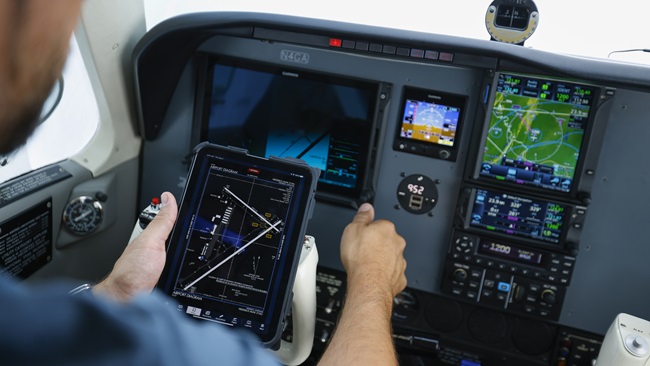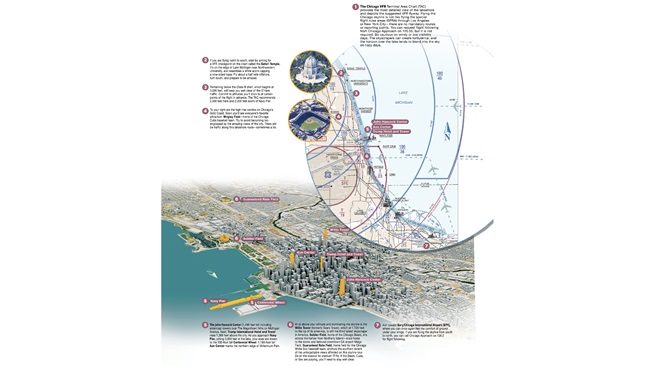New 'FAA Aeronautical Chart User's Guide' published
Pilots seeking a deep dive into the legend on aeronautical charts need look no further than the new FAA Aeronautical Chart User's Guide. The 131-page publication has been updated to include new aeronautical chart symbols that have crept onto maps since the last guide was published in 2011.
“The newly published Chart User’s Guide is intended to be a ‘live’ document, with updates made as often as the charting specifications are altered,” noted Valerie Watson, an FAA aeronautical information specialist who helped usher in the publication. “When a new symbol appears on an FAA chart, it will be included and explained in the Chart User’s Guide for the same effective date cycle.”
A feature called What’s New is exactly that—a quick read that explains the latest symbols and other modifications. The recently added section “will alert users of recently made changes to the document so that they can familiarize themselves quickly with updates.” Watson said that the section should be “an extremely useful tool for understanding the symbology and detail of FAA products on more of a ‘real time’ basis.”
The FAA eliminated a symbol introduced in 2014 that signified an airway restriction when the route penetrated prohibited or restricted airspace. The symbol wasn’t consistently applied, said Rune Duke, AOPA director of airspace and air traffic. He added that the accompanying hashing or dot patterns of the symbol resulted in excess clutter or obstructed critical chart information.
The What's New section also draws pilots' attention to a new series of charts called Caribbean VFR Aeronautical Charts. The VFR charts provide Caribbean Ocean data in lieu of the discontinued World Aeronautical Charts (WAC) that were gradually phased out beginning in 2016. Topographical information, aeronautical data, landmarks, obstructions, contour lines, visual and radio navaids, controlled and special-use airspace, and cultural details for cities are depicted on the new maps. AOPA previously stepped in to slow the WAC transition after members and other stakeholders requested a viable replacement from the FAA.
Aviators with a deeper thirst for knowledge can learn how the FAA arrived at maximum elevation figures within a sectional chart quadrant—the two-digit numbers that indicate the tallest structures or obstacles in that area. The charting formula for manmade objects is different than the procedure for natural objects. According to the publication, 100 feet is added to the height of a manmade obstacle to account for “possible obstacle error” and the figure is then rounded up to the next 100 feet. However, in the case of natural vertical obstacles, 200 feet is added to account for “uncharted natural or manmade objects” that may include a tall tree.
AOPA has advocated for additional charting that would depict the locations of long-term TFRs. Duke noted the association hosted—and participated in—an aeronautical charting forum and suggested additional TFR charting clarifications.
“The charting forum is a very successful venue to accomplish charting changes for general aviation,” Duke explained. “This is largely because of the collaborative approach the FAA has taken to charting.” He added that AOPA is also a participant in ongoing performance-based navigation strategy initiatives to help maximize efficiency of the National Airspace System.
Pilots can share their charting and airspace ideas via email with AOPA.




